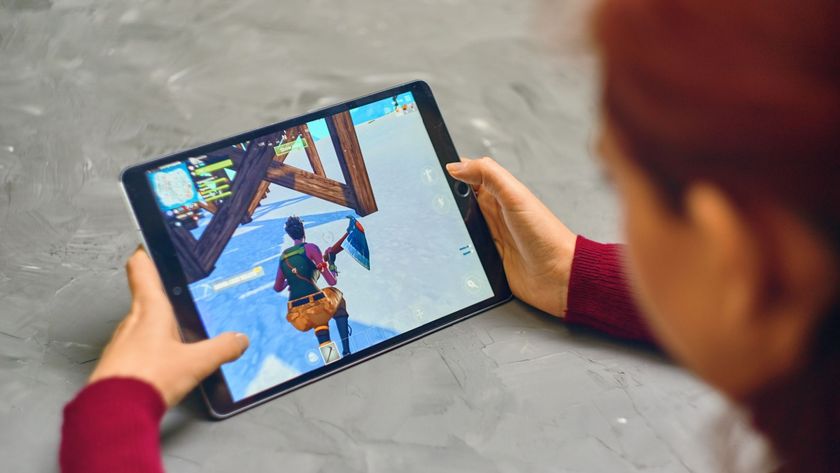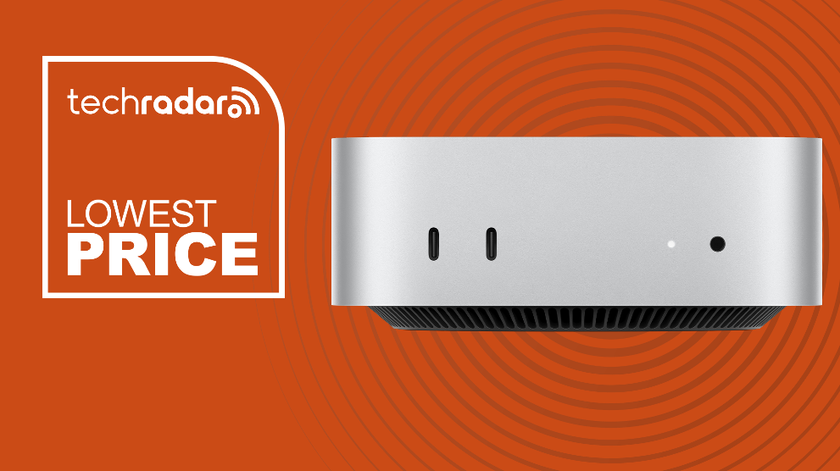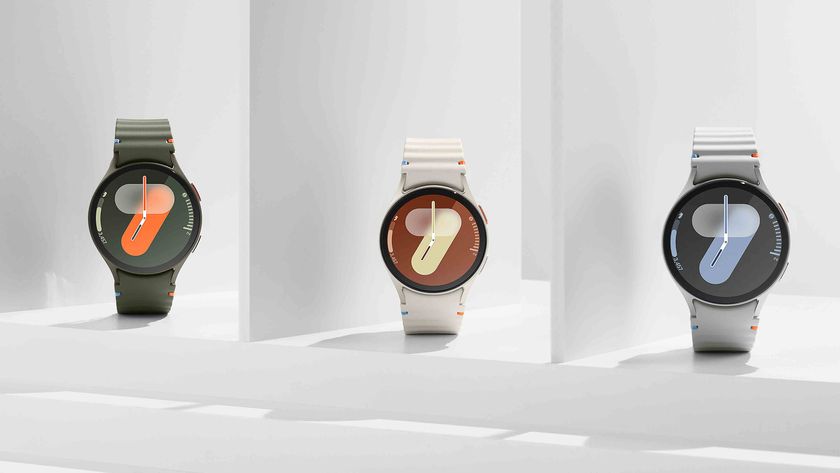This is chiefly because Spaces is very accessible. There five different ways you can call it to action:
- By clicking on its icon in the Dock
- By clicking on its optional icon in the Finder menu bar the top of the screen
- By pressing F8 (or any other key you choose)
- By pressing Ctrl and the cursor keys to navigate between spaces
- By picking a hot corner in the bottom left, bottom right, top left or top right of the screen
There's also a sixth action that enables you to navigate straight to a space that a particular application is in: just click on that application's icon in the Dock.
Spaces is also very flexible - you can move files and applications from one virtual desktop to another, by pressing F8 and then dragging and dropping the item that you wish to move. We've been using Spaces solid for four days now and it works very well indeed.
4. Mail
Version 3.0 of Apple's email application Mail is by far the most polished and powerful yet. It sports the new unified look of the rest of Mac OS X 10.5 Leopard and has three headline features - Stationery, Notes and To Dos.
Stationery contains over 25 HTML themed templates to jazz up your emails. Each template contains placeholder text and images that you can simply overwrite with your own selections - great then for sending baby pictures around the family, less good for writing a formal email to a business contact.
Notes and To Dos are variations on a theme. Notes enables you to write a message to yourself as a reminder. It pops up in a Notes folder in the sidebar and sits there until you decide to delete it. You can then add a To Do, which is also duplicated in iCal. To Dos also appear in their own folder in Mail's sidebar.
The next bit is really clever. Apple has included something it calls Data Detectors in Mail that automatically identify addresses, phone numbers and diary dates so you can add them to the Address Book or iCal.
Get daily insight, inspiration and deals in your inbox
Sign up for breaking news, reviews, opinion, top tech deals, and more.
To add a phone number for example you simply hover over it and a Data Detector menu appears. It gives you the option to create a new contact or add information to an existing one. You can then edit how and where the information will appear in Address Book right in the Mail app.
Date data detectors enable you to add the event to iCal or check your schedule for the day on which the event is to take place. Data detectors can even tell relative dates apart - say you received an email on Friday 26th in which someone writes, "See you at 10am next Wednesday", the data detectors will know to place the event in your calendar at the correct time, on the correct day and on the correct date.
Data detectors aren't without their flaws. You'll hunt in vain for a detector to pick up the name of a person or company. It also sometimes struggles with addresses, especially of some of the more exotic ones we have in the UK. As a first effort data detectors work indecently well - we'll be using them a lot.
Other new features include an RSS reader right within Mail, plus improved smart searches using Spotlight - something that already worked very well under Mac OS X 10.4 Tiger. We can't imagine why you'd want to use any other email application in Mac OS X. Microsoft's Entourage blows a big one by comparison.
5. iCal
Mail's increasingly grown-up feature set is reflected by notable improvements in iCal. The revamped app is smarter, iCal loads much quicker, and thanks to third-party apps like Spanning Sync can even be used to read / write entries in online calendars like Google Calendar.
Like many Apple apps in Leopard, iCal has also literally dropped its drawers - the side-mounted pop-out used to contain additional info, folders, etc., iCal's old drawer has been replaced with much more elegant inline editing of events, which is now quick and simple. You can even add photos, movies and other information to an event - enabling invitees to a meeting you're holding to see the agenda beforehand. You can even book a conference room and equipment using iCal's CalDAV integration.













